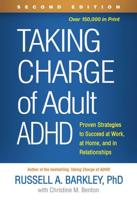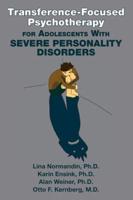Publisher's Synopsis
This comprehensive and tightly argued book deals with the process through which a coherent self evolves, the various ways such development fails to occur, and the therapeutic measures to put things back together. Beginning with the child's early relationships and their internalization as the substrate of the self, the text moves on to psychodynamically sophisticated and developmentally anchored descriptions of certain psychopathological syndromes that are widespread and yet inoptimally discussed. Going from the most severe to the least severe conditions in this realm, the book deals with the psychotic core, the schizoid wish to die and be reborn, the fantasies related to unresolved separation-individuation, the sociopathic tendency to lie, and the impact of excessive narcissism on love relations. The book also provides a unique perspective on the treatment of these conditions in so far as it not only elucidates the ways that a therapist listens and talks to his patients but also the subtle but deep impact of his ongoing attitude toward psychotherapeutic work. Even the role the therapist's office silently plays in the conduct of his work is discussed in detail. The book is theoretically sound and contemporary. More importantly, it is clinically generous and provides a number of vignettes to illustrate the ideas proposed. The writing style is a refreshing admixture of scientific scrupulosity, literary elegance, and humane relatedness.










